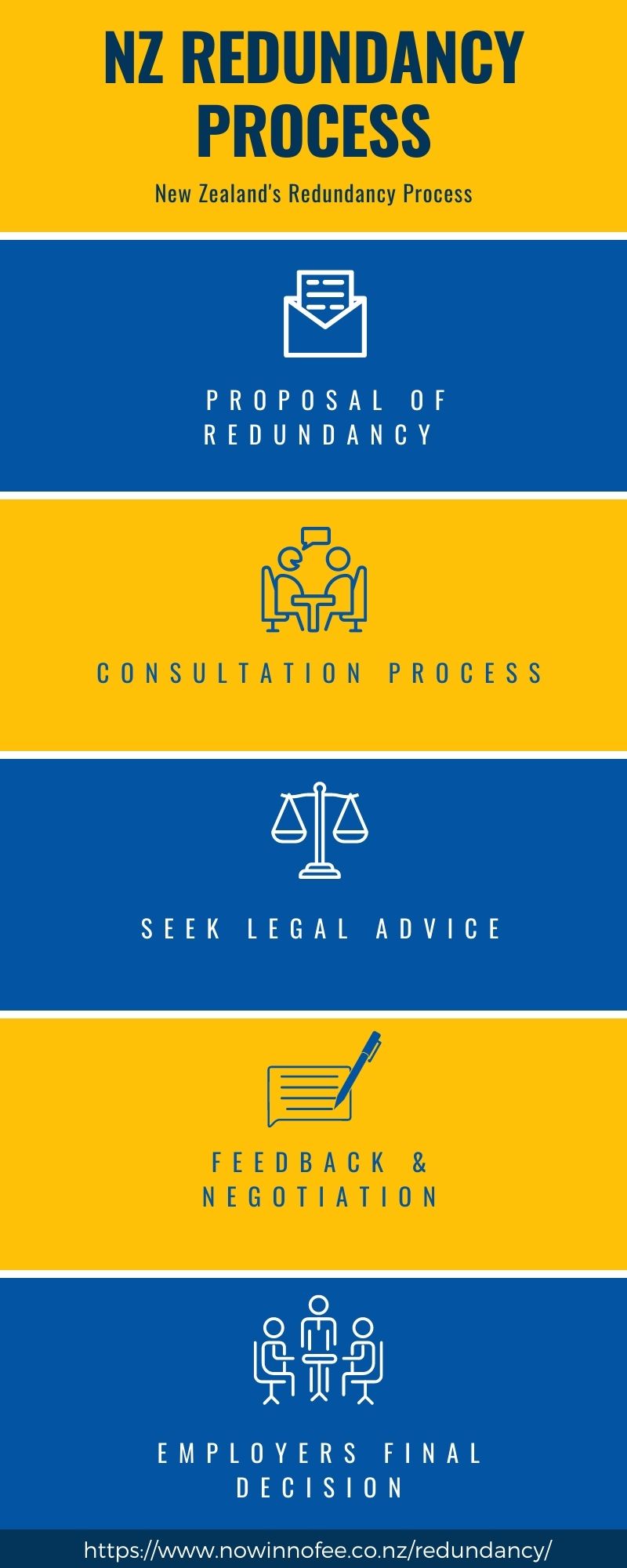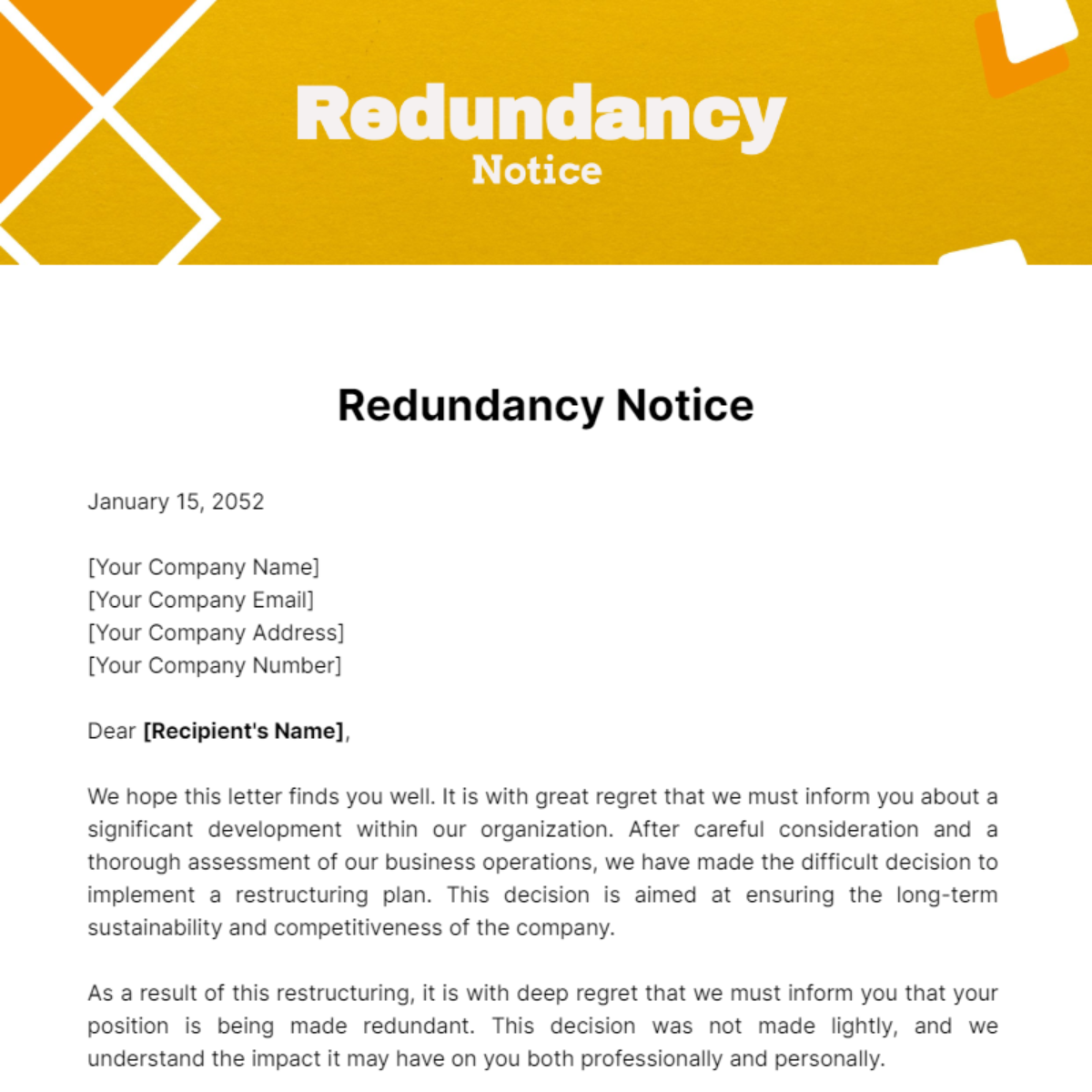Exactly How to Manage Redundancy Pay If Company Goes Bust: Trick Information for UK Workers
Exactly How to Manage Redundancy Pay If Company Goes Bust: Trick Information for UK Workers
Blog Article
Examining the Interplay In Between Company Redundancy and Organizational Versatility for Future Growth
In the vibrant landscape of today's business world, the detailed relationship between business redundancy and business versatility emerges as a vital variable for continual growth and success. Business often face the obstacle of striking a delicate equilibrium in between maintaining a degree of redundancy to minimize risks and promoting versatility to react promptly to the ever-evolving market needs.
Importance of Business Redundancy
Firm redundancy is an important component that boosts business strength and mitigates operational risks. By incorporating redundancy measures within the organizational framework, business can better stand up to unpredicted disturbances and variations in the business atmosphere. Redundancy works as a critical buffer, allowing firms to adjust and respond efficiently to unanticipated obstacles without endangering vital procedures.
One trick element of the relevance of firm redundancy is its function in making sure connection during times of situation. When confronted with unexpected modifications or emergency situations, repetitive systems, sources, or employees can action in to maintain essential features and prevent prevalent interruptions. This continuity not only safeguards the company's reputation and consumer trust fund however likewise decreases monetary losses and functional downtime.

Techniques for Business Versatility

Developing adaptable organizational structures that allow for quick changes to market characteristics and customer requirements is important for remaining affordable in a rapidly developing environment. By proactively identifying prospective disruptions and opportunities, companies can proactively adjust and grow in an ever-changing service landscape.
Harmonizing Redundancy and Flexibility
Accomplishing a harmonious balance in between functional redundancy and business versatility is extremely important in navigating the complexities of a vibrant business environment. Striking the ideal balance in between redundancy and flexibility is a fragile process that calls for a deep understanding of the company's objectives, sector characteristics, and threat tolerance.
To achieve this equilibrium, firms need to carry out routine assessments of their procedures to identify locations where redundancy is needed for risk mitigation and visit this site right here where adaptability can drive technology and growth. Executing flexible frameworks, fostering a society of continuous knowing and enhancement, and motivating open interaction throughout all levels of the organization are crucial approaches to harmonize redundancy and flexibility successfully. By aligning these 2 important elements, firms can position themselves for sustainable development and success in an ever-changing organization landscape.
Study on Adaptation Success
In analyzing instances of effective organizational adaptation, it ends up being noticeable that the interaction between functional redundancy and adaptability is a defining variable in shaping durable companies. One engaging situation study is that of Netflix. Originally a DVD rental solution, Netflix showed amazing flexibility by transitioning into a streaming system when digitalization disrupted the sector. By purposefully spending in innovation and content development, Netflix not only flourished however endured in a quickly progressing market. One more standout instance is Amazon. Starting as an online bookstore, Amazon continually adjusted its service version, expanding into varied industries such as cloud computer and expert system. This adaptability enabled Amazon to remain ahead of rivals and satisfy altering customer needs. Lastly, Adobe gives a significant image of effective adjustment. The firm moved from offering software licenses to a subscription-based model, ensuring reoccuring earnings streams and improved consumer interaction. These study highlight the importance of functional redundancy coupled with organizational flexibility in promoting lasting growth and competitiveness.
Building Strength for Future Growth
Building resilience for future growth requires a strategic positioning of operational procedures with market characteristics and emerging patterns. Firms have to adjust to altering atmospheres by fostering a culture of flexibility, technology, and continuous enhancement. Strength involves not just recuperating from problems however likewise proactively getting ready for future obstacles. One key element of building strength is buying durable danger monitoring strategies to alleviate possible disruptions. This consists of situation planning, branching out supply chains, and establishing contingency strategies for different contingencies (who pays redundancy money).
Furthermore, fostering strong connections with stakeholders, such as customers, staff members, distributors, and the area, is important for maintaining and weathering uncertainties trust fund and assistance during unstable times. Efficient interaction and transparency play a vital role in structure resilience, as they assist assist in and align expectations partnership in browsing unpredictabilities.
Moreover, organizations need to prioritize learning and development campaigns to upskill staff members and furnish them with the needed devices to adapt to altering circumstances. By you can check here spending in their labor force, business can improve their adaptability and dexterity, ultimately enhancing their resilience for lasting future development.
Conclusion

In the dynamic landscape of today's organization globe, the detailed relationship in between company redundancy and organizational flexibility arises as a critical element for sustained growth and success. Companies commonly encounter the difficulty of striking a fragile balance in between maintaining a degree of redundancy to minimize risks and cultivating adaptability to react quickly to the ever-evolving market needs.To accomplish this balance, firms need to perform normal analyses of their operations to identify areas where redundancy is required for threat mitigation and where adaptability can drive technology and growth.In final thought, the interplay between firm redundancy and organizational flexibility is crucial for future development. Structure strength via a combination of redundancy and adaptability will certainly make certain that companies are prepared for the challenges of the future.
Report this page